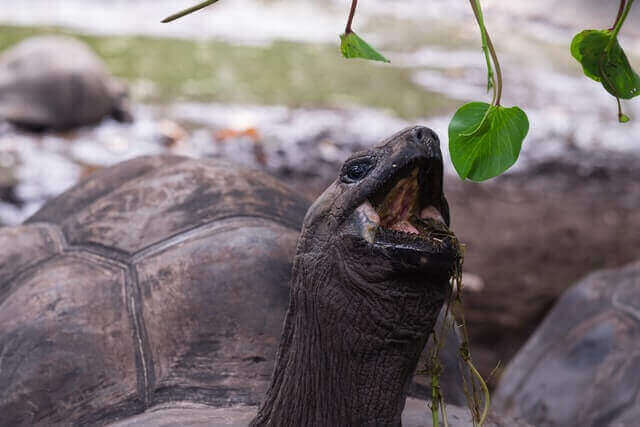Toothless Wonders: Exploring Nature’s Ingenious Adaptations

Teeth play a crucial role in the animal kingdom, enabling creatures to hunt, chew, and survive. However, nature has also devised ingenious adaptations for animals that have evolved to thrive without teeth. In this blog post, we will explore some remarkable toothless animals that have mastered alternative techniques for feeding and survival. From the powerful jaws of the toothless whale to the specialized tongues of anteaters, these creatures demonstrate the remarkable diversity and adaptability of life on Earth.
- Baleen Whales: Baleen whales, such as the majestic humpback and blue whale, are the largest creatures on Earth. Despite their enormous size, they lack conventional teeth. Instead, they possess baleen plates in their mouths, which are composed of a fringed material called keratin. These flexible plates act like a sieve, allowing whales to filter-feed on small fish and plankton. With each enormous gulp, water is expelled through the baleen, trapping the prey for consumption.
- Pangolins: Pangolins, also known as scaly anteaters, are intriguing mammals that have adapted to a diet consisting mainly of ants and termites. They have no teeth but possess an incredibly long and sticky tongue, which can extend up to 40 centimeters. By flicking their tongue in and out rapidly, pangolins catch insects and larvae and swallow them whole. Their stomachs are specially adapted to handle the ingested prey, with muscular walls and strong acid for digestion.
- Sea Turtles: Sea turtles are captivating marine reptiles that have managed to thrive for millions of years without teeth. While they lack traditional teeth, their jaws are equipped with sharp, serrated edges that aid in grasping and tearing food. Sea turtles primarily feed on seagrasses, algae, and jellyfish, which they consume by using their beak-like jaws to tear and bite chunks of their preferred food sources.
- Naked Mole Rats: Naked mole rats are intriguing subterranean rodents that live in complex underground colonies. These fascinating creatures possess no external teeth, but their incisors are located on the inside of their mouths, allowing them to gnaw and dig effectively. Naked mole rats feed on underground plant bulbs and tubers, utilizing their incisors to break through tough materials and feed on the nutrient-rich underground vegetation.
- Echidnas: Echidnas, also known as spiny anteaters, are unique mammals found in Australia and New Guinea. These extraordinary creatures have no teeth, but their snouts are equipped with a long, sticky tongue similar to that of pangolins. Echidnas use their tongue to extract ants, termites, and other small invertebrates from crevices and anthills. They then grind the captured prey against the roof of their mouths using specialized keratinized pads, enabling digestion.
Nature never ceases to amaze us with its incredible adaptations. The toothless animals mentioned above have found ingenious ways to overcome the absence of teeth and secure their survival. From baleen plates to specialized tongues and modified jaws, these creatures exemplify the diversity and adaptability of life on our planet. Exploring the unique strategies employed by these toothless wonders allows us to appreciate the countless ways in which nature has shaped and molded its creations.
Picture Courtesy: Google/images are subject to copyright








